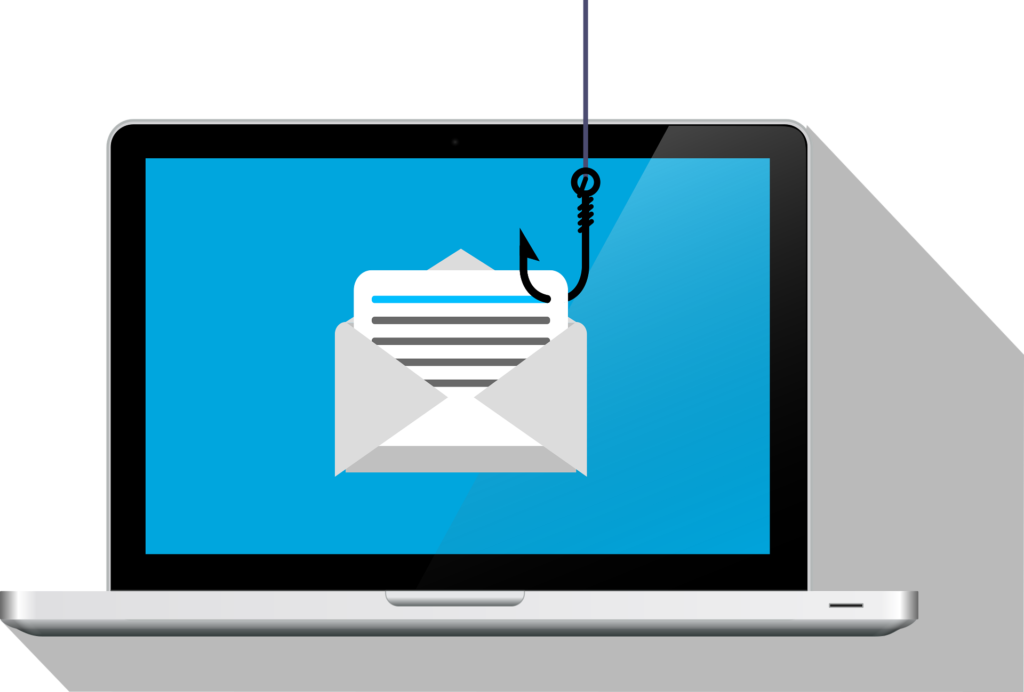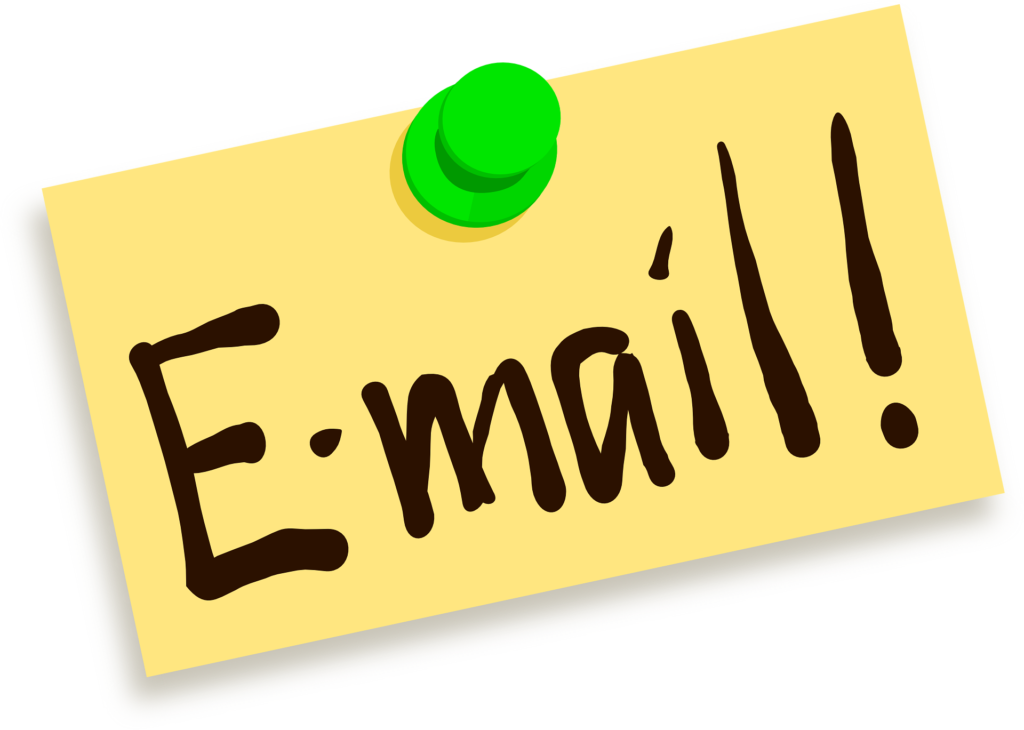Let’s face it – we’ve all judged an email by its subject line. And when it comes to cold outreach, that split-second decision can make or break your campaign.
Your subject line is the first (and sometimes only) thing people see in their inbox. It’s the key to unlocking higher open rates, clicks, and responses. But what makes a great cold email subject line?
The Secret to Success

Effective subject lines tap into one of three motivations:
1. Self-interest: Offer something valuable that benefits the recipient.
2. Emotional interest: Spark curiosity or make them feel special.
3. Relational interest: Establish a connection between you and the recipient.
Do’s and Don’ts of Writing Great Subject Lines
DO:
1. Keep it short and sweet.
2. Personalize it – show you care.
3. Find common ground.
4. Pique curiosity.
5. Make it clear what’s inside.
6. Use power-words to grab attention.
7. Experiment and try new things.
DON’T:
1. Use fake prefixes or clickbait.
2. Be vague.
3. Ask for favors without offering value.
4. SHOUT WITH ALL CAPS.
5. Sound overly promotional.
Remember: Open Rate Isn’t Everything
Don’t get caught up in high open rates if conversions are lacking. Focus on the bigger picture – what action do you want prospects to take? Aim for lower open rates with strong conversions.
Ready to write subject lines that convert? Let’s dive right in!
The Truth About Cold Email Subject Lines
At Demand Curve, we’ve seen our fair share of cold emails – both good and bad. We’ve identified patterns that work and those that don’t. Here are seven proven tactics and five mistakes to avoid.
The Do’s of Writing Cold Email Subject Lines: Do It Like A pro
1. Keep it Short.
Mobile devices cut off long subject lines. Keep it concise.
Why short subject lines matter is because 63% of people open emails on mobile devices (meta-analysis), so make sure to test your subject lines on your phone before proceeding to use it.
2. Personalize It
Address recipients by name or company. Show you’ve done your research by:
– Mentioning their recent blog post, tweet, or achievement.
– Referencing their industry or company.
– Congratulating them on recent success.
Examples:
- Really enjoyed your latest post on [publication]
- Congrats on your recent promotion, [Name]
- [Recipient’s Company]’s innovative approach to [industry]
3. Find Common Ground
You can easily establish a connection with your audience by mentioning shared experiences, referencing industry events or conferences and highlighting shared interests. Just know that the key point here is that you should simply try to connect with your audience as much as possible, because once there’s a connection, you’ll have done half of the work already, which would make the rest of whatever you aim to achieve so much easier, better and faster.
4. Pique Curiosity

By now you should know that by simply piquing the curiosity of your audience you can get more clicks and conversions. But how? You create curiosity by creating suspense. You create suspense that resonates with the pain points or interests of your prospect or audience, you also drive curiosity by asking thought-provoking questions or highlighting exclusive opportunities.
Examples:
- Advice on prospect’s pain point
- Interesting case study about prospect’s industry
- Exclusive invite to [webinar/event]
5. Make it Self-Evident

Clear subject lines convert well. Avoid vagueness and ensure prospects know what your email is about. Not all prospects will understand the big English words that you like to use, so think about that for a second. Before sending the email, my advice to you is to make it as simple as possible, simple enough for a 7-year-old to understand at least. Trust me, this alone is a game changer because, you miss some potential customers since they can’t understand what you are saying, so try as much as possible to simplify, simplify, and simplify it very well.
6. Use Power Words

Evocative words stir emotion. Use descriptive adjectives and verbs to make your subject line stand out.
Examples:
- Unheard of way to [solution]
- Record-breaking increases in [metrics]
- Revolutionary approach to [industry]
I would strongly advice that you master the use of evocative words; it goes a long way in improving your click rate.
7. Experiment and Test
The fact is there’s no magic formula for crafting the perfect subject line. What works for one person might fall flat for another. That’s why testing and experimentation are key.
Try as much as possible to test subject lines regularly and try new approaches from time to time because what works is what you are looking for, so run tests on different subject lines and don’t be afraid to try new things.
Some unconventional tactics to consider:
– Include an emoji to add a touch of personality, this works well in some instances.
– Use preview text to extend your subject line, Also works well in some scenarios.
– Create a sense of urgency (but avoid being clickbait-y).
Conclusion
Crafting compelling cold email subject lines requires understanding your prospect’s motivations, keeping it concise, personalizing, finding common ground, piquing curiosity, making it self-evident, using power words, experimenting, and testing.
By following these best practices and experimenting with different approaches, you’ll craft compelling cold email subject lines that drive results.
The Don’ts of Writing Cold Email Subject Lines: Avoiding Common Mistakes
When crafting compelling subject lines, it’s equally important to avoid common mistakes that can harm your email campaign’s performance.
- Don’t Use False Prefixes or Clickbait: Honesty is the Best Policy

The CAN-SPAM Act requires that subject lines accurately reflect the content of your message. Using false prefixes like “FW” or “RE” or clickbait subject lines is a big no-no. Not only do these tactics trigger spam filters, but they also harm your deliverability and credibility. Examples of subject lines to avoid include “Re: Potential collaboration,” “FW: great news,” and “Make 10x more money.” Instead, focus on crafting honest and descriptive subject lines that set clear expectations for your email content.
- Don’t Write Vague Subject Lines: Clarity is Key

Vague subject lines are a waste of time for busy professionals and may even be marked as spam. Avoid using generic subject lines like “Got a question for you,” “Check this out,” or “Quick question.” These subject lines don’t provide any value or context, leaving recipients wondering what your email is about. Instead, intrigue recipients with a sneak peek of your content, highlighting the benefits or value proposition.
- Don’t Ask for Something Without Offering Anything in Return: Provide Value

While being straightforward is important, asking for something without providing context or value can come across as spammy. Avoid subject lines like “Let’s hop on the phone,” “Request to connect,” or “I need a post on your website.” These subject lines are too direct and don’t offer any benefit to the recipient. Instead, focus on providing value, insights, or solutions that resonate with your audience.
- Don’t Use All Caps or Exclamation Marks: Avoid Spam Filters

Using all caps or excessive exclamation marks can trigger spam filters and reduce open rates. Avoid subject lines like “URGENT RESPONSE NEEDED,” “COMING SOON: This will change your life!,” or “The perfect solution for [Recipient’s Company]!!!.” These tactics may seem attention-grabbing, but they’re more likely to harm your campaign’s performance.
- Don’t Write Very Formally or Use Overly Promotional Wording: Keep it Conversational

Formal or promotional language can come across as insincere or salesy. Avoid using jargon-heavy phrases, salesy language, or formal greetings like “Dearest Madam.” Instead, keep your subject lines casual and relatable, using a conversational tone that resonates with your audience. Examples of unapproachable subject lines include “Super Sale! Today Only – Act Now!!” and “DTC marcomm automation.”
Wrap-up: Crafting Compelling Subject Lines

Crafting compelling subject lines requires avoiding common mistakes and focusing on honesty, clarity, value, and conversational tone. By avoiding false prefixes, vague subject lines, and spammy tactics, you can improve your email campaign’s performance and drive better results. Remember to experiment, test, and refine your subject lines to optimize performance.